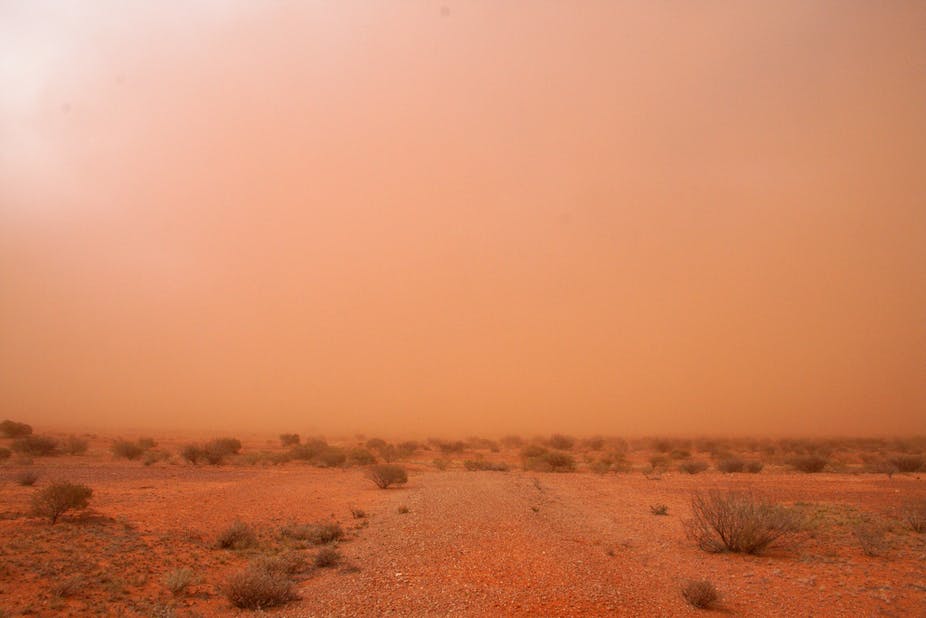Earlier this week, Linc Energy released two reports estimating the amount of oil in the Arckaringa Basin near Coober Pedy in South Australia. Independent reports from Gustavson Associates and DeGolyer and MacNaughton put the untapped basin, located in South Australia at between 233 billion and 103 billion barrels of oil equivalent respectively.
Petroleum resources are classified into booked reserves - proven, probable and possible - or resources which may be contingent or prospective. The estimates released by Linc Energy were classified by the consultants as unrisked prospective resources - the lowest category of certainty - because of their “lack of commerciality or sufficient drilling”. Consequently, their potential value may not be as high as $20 trillion as suggested by some media outlets.
Linc Energy holds a 100% interest in licenses covering about 65,000 square kilometres in the Arckaringa. This is an area considerably larger than the Netherlands or Switzerland. Linc thinks the geology is similar to the Bakken and Eagle Ford areas of the United States, which has seen a flood of new investment in recent years, including from BHP Billiton.
The next task for Linc Energy is to find a joint venture partner with the cash and experience in the shale industry to fund exploration. Appraisals can be drawn up once those estimations are made into something real. They have appointed Barclays Bank to advise on strategic options, including the introduction of an experienced shale operator.
Given that the Australian shale sector is in its absolute infancy, Linc Energy is likely to be looking for an international player.
The find has resulted in much enthusiasm in South Australia. State Mineral Resources Development Minister Tom Koutsantonis has stated that “shale gas and shale oil will be a key part to securing Australia’s energy security now and into the future.” In fact, it has been suggested that the Arckaringa find may be enough to turn Australia into a self sufficient fuel producer.
The Arckaringa shale oil find is large by world standards. Only five countries have proven oil reserves that stand at over 103 billion barrels. Moreover, if these reserves become “proven” and producible at commercial rates, they may revitalise Australia’s ailing oil production. Oil in Australia has dropped from its peak of 819,000 barrels per day (bpd) in 2000 to 484,000 bpd in 2011 – the lowest level since 1983. This is against a backdrop of the all-time high oil consumption of 1 million bpd in 2011. Australia now imports over half of its oil.
Australia has only 3.9 billion barrels (or 0.2% of world total) of proven oil reserves that will last just over 20 years at current production rates. Indeed, if early predictions prove to be correct, this discovery has the potential to cement Australia’s position as one of the world’s most important energy producers.
Central Australia has plenty of untapped unconventional oil and gas resources previously considered too expensive to exploit. With the shale revolution in the United States and high oil and gas prices, such resources are fast becoming commercially viable.
It is too early to foretell the future production from the Arckaringa Basin. There are numerous steps before oil production can start. For example, a 300-kilometre pipeline to Port Bonython, or a spur to link the Arckaringa Basin to the existing Moomba-Port Bonython pipeline, will need to be built before any oil could reach the market. Crude oil storage and export capacity at Port Bonython will also have to be increased significantly to accommodate extra crude.
There is likely to be bipartisan support for shale oil production in South Australia. However the potential for carbon-intensive shale production in South Australia is likely to draw ire from vocal environmental activists and the Greens. The anti-mining activism in the cases of Olympic Dam uranium mine expansion in SA and coal seam gas mining in Queensland serve as important precedents and are likely to cause significant delays to the project.
Moreover, the future commercial viability of the project will largely depend on the global oil prices. If oil prices drop to below the level at which the Arckaringa Basin is exploitable this may make the project unviable. In the LNG market, long-term contracts with the buyers are modus operandi. They commit the buyer of LNG to purchase LNG at a largely pre-determined price for at least a couple of decades, thus offering safe returns to the investors.
However, the oil market does not operate on such long-term contract bases. The returns on massive investments in projects such as Arckaringa largely depend on the future direction of oil prices.
Finally, while it has been suggested that the Arckaringa discovery has the potential to turn Australia from an oil importer to an oil exporter, this requires further qualification. In order for Australia to become a net-oil exporter, production from the Arckaringa would need to exceed 500,000 barrels per day, which is more than Australia’s total current oil production, and a very ambitious target.
With three refinery closures over the past decade, Australia’s refining capacity is down to 537,000 barrels per day, and future closures have been anticipated. As a result, it is unclear where in Australia the Arckaringa crude would be refined. It is very likely that, similar to new natural gas projects in Queensland, WA and NT, much of the crude would be exported to Asia.

